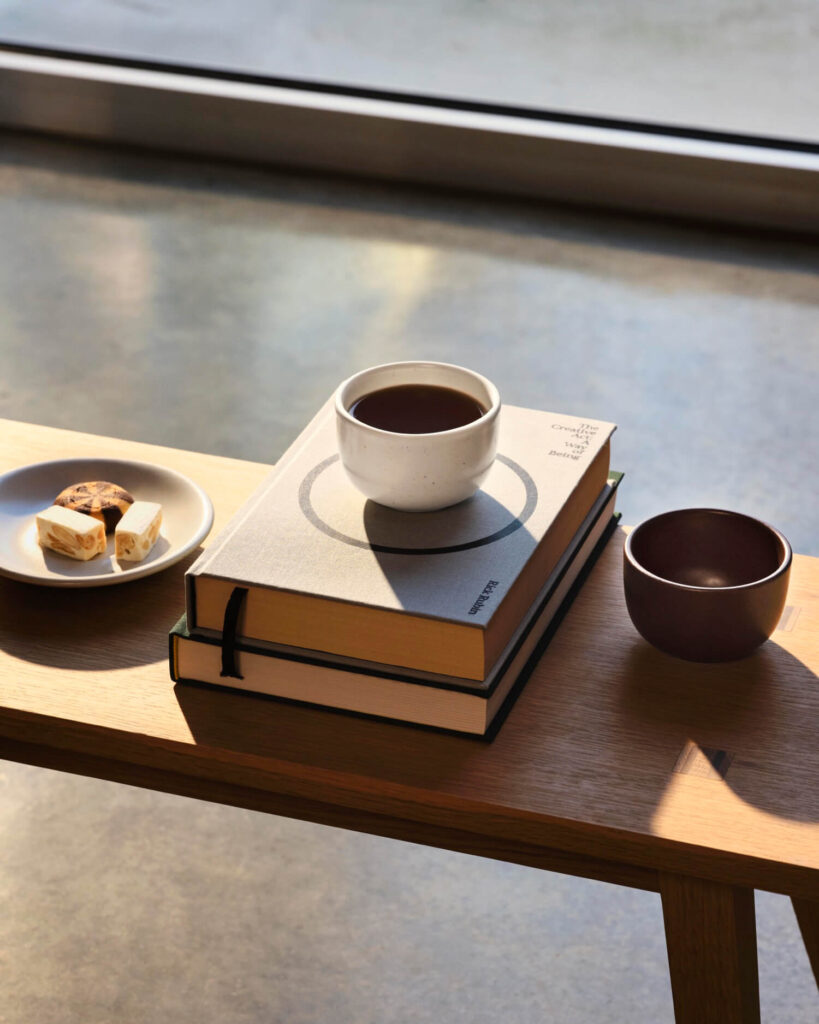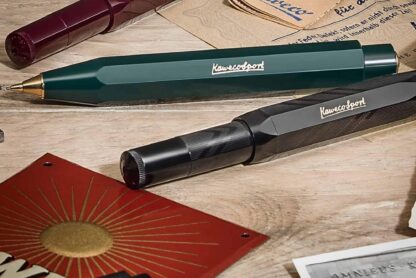This story originally appeared on the Gents Cafe Newsletter. You can subscribe here.
Every meal can be a ritual, even the simplest breakfast. What matters is intention—the presence we bring to the table and the objects that support it.
For Daniel Baer, Founder of Monoware, ceramics became a way to create objects that bring beauty and utility to everyday moments. Guided by simplicity, sustainability, and a respect for craft that transcends trends, he designs tableware built to endure—and to enrich daily life.
In this Brand Talks interview, Daniel explores how a philosophy of “fewer, better things” can reshape the way we gather around the table.
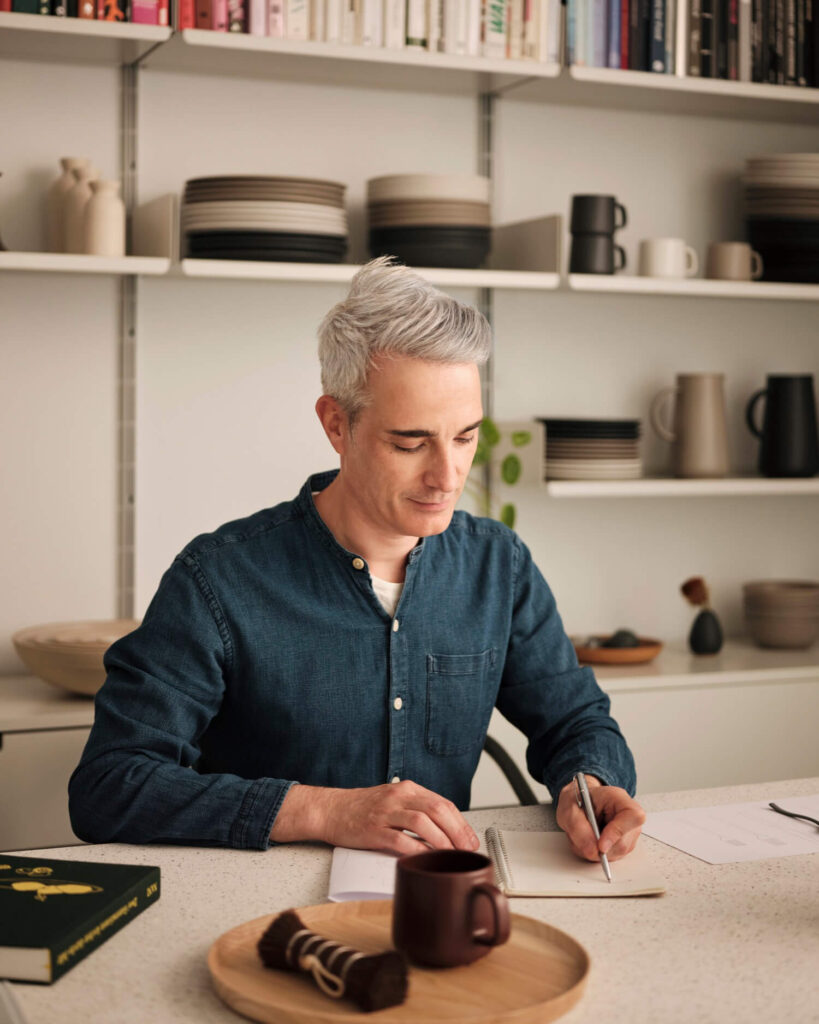
Could you share a bit about your background, and what first drew you into the world of ceramics and tableware design?
After many years working in fashion advertising and publishing as a creative director, I discovered clay as a personal escape—a way to step away from the screen and engage my hands and creativity in a tangible form. What began as an enjoyable pastime quickly became an obsession, as I was captivated by the endless possibilities and meditative process of shaping and transforming clay.
I soon noticed that many tabletop brands prioritise fleeting trends over enduring quality, making it difficult to find pieces that are both functional and timeless. This not only has an impact on the environment but also means items are often only available for a very short time. I wanted to create a collection for households and creative cooks who value design that endures, adapts, and elevates everyday life. My journey has been further enriched through studies in the UK and Japan, where I explored diverse techniques and traditions. These experiences continue to shape Monoware’s philosophy: craftsmanship, thoughtful design, and pieces that bring both beauty and utility to the table.
Was there a moment in your childhood or youth when you first became aware that objects have stories—that how they’re made, and how long they last, truly matters?
I grew up in a household where every object had a clear purpose and a story behind it. The cooking ladles from my grandmother, the clay pot used for polenta that had been handed down through generations—each piece carried meaning and history. Things that were broken were repaired rather than discarded, teaching me from an early age to value the craftsmanship, durability, and stories embedded in the objects around me. It was this upbringing that instilled in me an appreciation for thoughtful design and the lasting impact of well-made, purposeful objects.
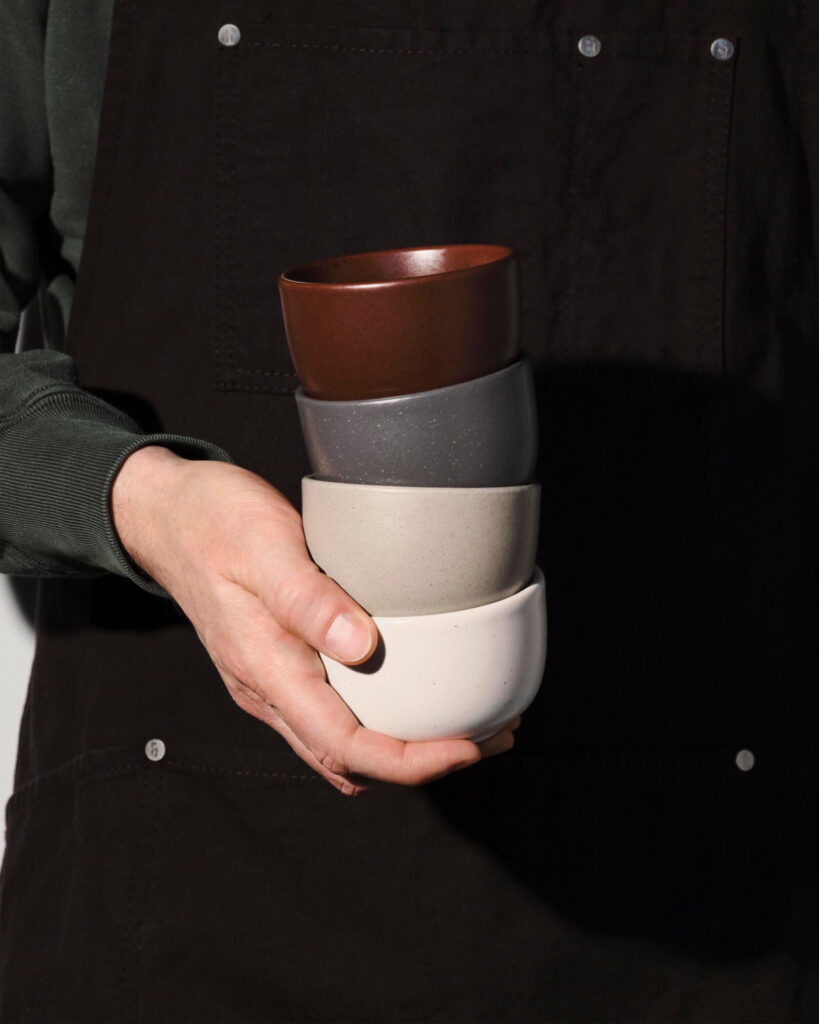
Monoware defines itself as a “table set for life.” How does this idea capture your broader vision for the brand, and what does it mean to you in practice?
At Monoware, the idea of a “table set for life” reflects our commitment to design that is both enduring and responsible. Sustainability lies at the heart of everything we do. We choose stoneware for its durability, heat retention, and longevity, so our pieces are designed to be cherished for years rather than replaced frequently. All our ceramics are made through single firing, which reduces energy consumption and minimises our carbon footprint.
We work closely with makers, partners, and factories who share our commitment to rethinking processes and actively reducing environmental impact. In practice, this means every piece is lead-free and crafted with non-toxic materials. The clay we use is locally sourced, and any residue—such as clay shavings—is reintegrated into the clay body. Heat from our kilns is repurposed in other thermal equipment to further minimise energy waste.
Every decision, from material selection to packaging, reflects our belief that thoughtful, incremental choices can collectively make a meaningful difference. For us, a “table set for life” is not just about durability; it’s about creating objects that are beautiful, functional, and made with integrity—pieces that can be enjoyed for a lifetime while respecting the world around us.
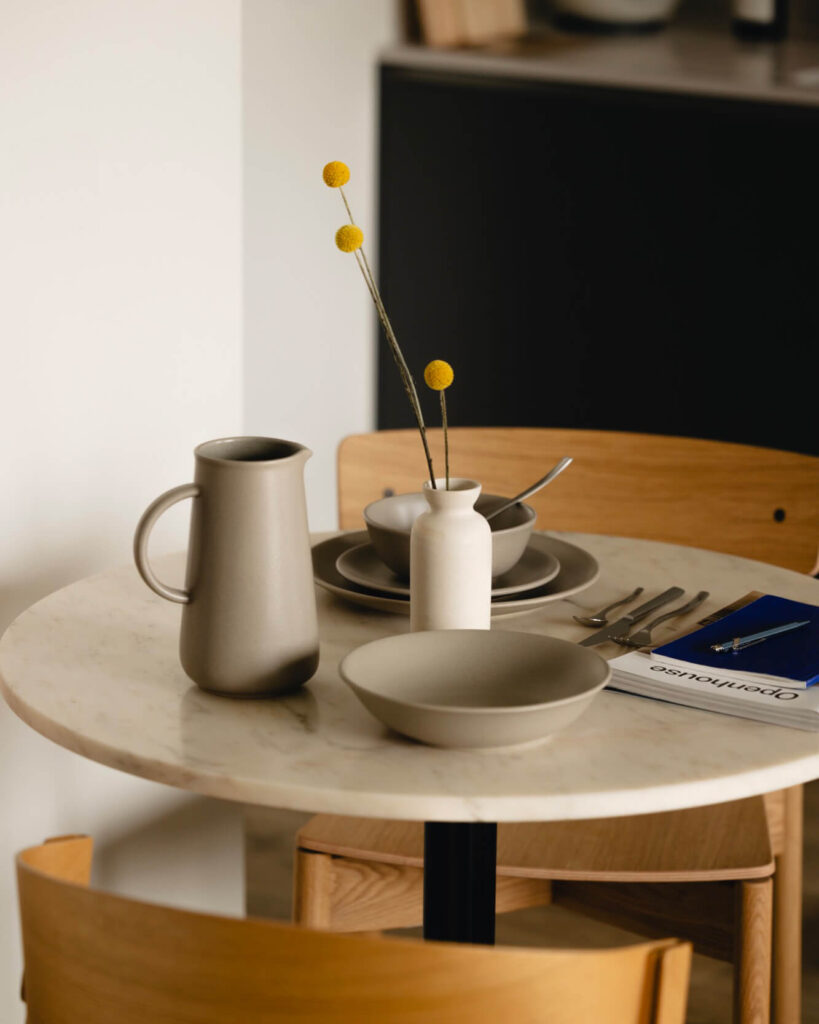
In a past interview you said, “Every mealtime is a celebration, whether enjoyed alone or with company.” In your view, what simple practices can elevate the everyday table into something more meaningful?
I believe less in elaborate rituals and more in intention and care—it’s the small details that truly matter and stay with us. Using well-designed, thoughtfully crafted pieces transforms even the simplest meal into a sensory experience: the way a coffee cup feels in your hand, the perfect pour from a pitcher, or the subtle textures and weight of stoneware are the nuances that invite you to slow down, notice, and appreciate the moment.
For us at Monoware, creating a meaningful table is about mindfulness and presence. Choosing durable, beautiful objects and arranging them with care, even for a simple breakfast, turns ordinary moments into something considered. Whether sharing a meal with friends or enjoying quiet time alone, the table becomes a space to connect, reflect, and savour life’s rhythms. In this way, how we engage with our tableware shapes not just the meal, but the experience of everyday living itself.
Every collection begins with a spark. Monoware recently launched the Barista Collection, drawing on influences from global café culture. What set this idea in motion and how did it evolve into the pieces we see today?
When we launched Monoware, we began with the Everyday Mug—a large, uniquely shaped mug with a square base and round top. Its approachable feel quickly made it a best-seller, embraced by both coffee professionals and home baristas, and we soon received numerous requests to expand the collection.
The Barista Collection grew from these enquiries, as clients sought cups that felt less generic and more thoughtfully designed. It evolved into two distinct styles, each inspired by a different coffee culture. The Espresso Cup with a handle draws on classic Italian traditions, offering a precise, tactile espresso experience. The handle-free Savour Cup takes inspiration from Japanese tea culture, encouraging a more intimate, mindful approach to coffee.
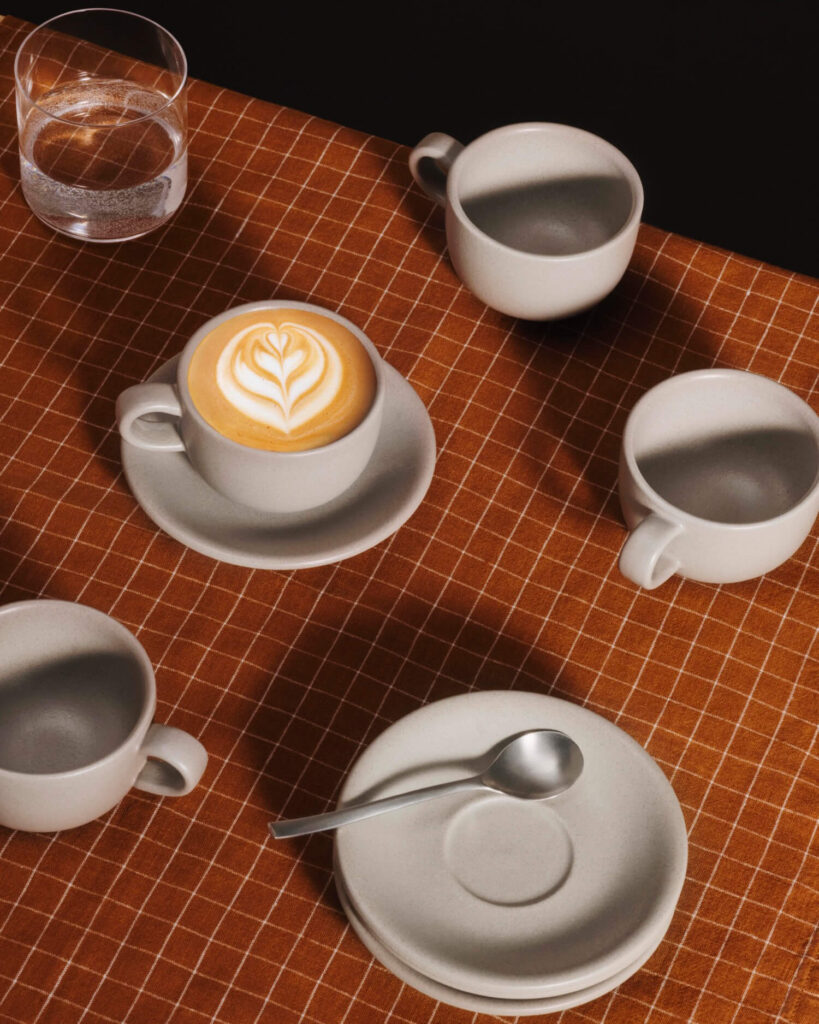
Before a piece is launched, you live with it in your own home. What insights has this hands-on process revealed about what makes a plate, cup, or bowl feel genuinely satisfying to use?
Before any piece is launched, I spend time using it on my own, which is a vital part of the design process. When it comes to coffee cups for the specialty industry, usability always comes first. Beyond appearance, the true test is how a cup feels in the hand: is the grip natural and comfortable? For a latte cup, does the curve support smooth pouring and make latte art effortless? We also pay close attention to weight, balance, and the thickness of the rim—small details that can entirely shape the coffee-drinking experience.
Each design goes through countless iterations, often with input from multiple industry professionals, to ensure every element is functional and refined. It can be a long exacting process, but living with the pieces and testing them daily ensures the final collection not only looks beautiful but feels genuinely satisfying to use.

Engaging with chefs, baristas, and authors has given Monoware both technical insights and creative inspiration. How do those relationships influence the design process, and what role do they play in building a community of people who share your values?
It certainly gives us practical insights into how our pieces are used, from the feel of a cup in the hand to how a plate presents food. These collaborations help us refine our designs so they are both functional and enjoyable to use.
And by connecting with others who care about thoughtful design, quality, and sustainability, we create a network of like-minded individuals. These relationships inspire us, inform our work, and reinforce the idea that Monoware is about more than products—it’s all about shared experiences.
Monoware champions the idea of living with fewer yet better things. What is one piece of advice you’d leave our readers with on how to embrace that philosophy in their own homes?
The process begins with being intentional about what you bring into your home. Choose pieces that combine beauty with function—items you genuinely enjoy using every day. Prioritise quality over quantity: well-made objects not only last longer but also bring more pleasure each time you use them. Ideally, they endure long enough to be enjoyed by the next generation, just as I still use my favourite crockery handed down from my grandmother.
